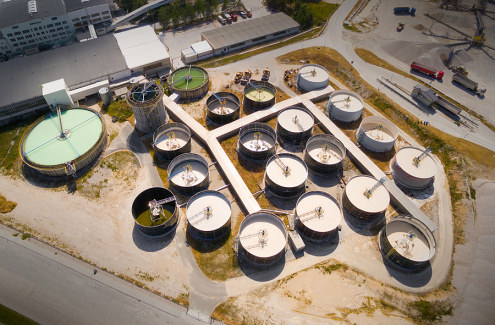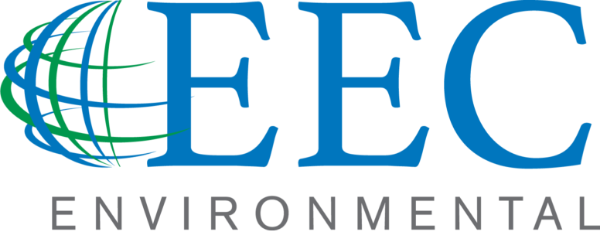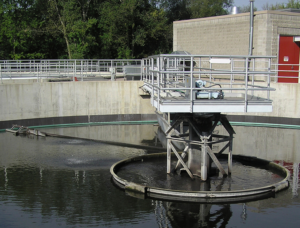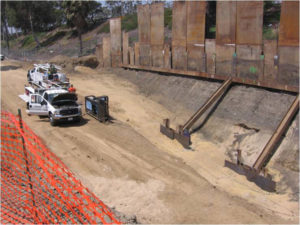Wastewater Treatment Basics
 Wastewater is generated after human and commercial consumption of water. The domestic use produces wastewater, also called sewage, from showers, sinks, various household cleaning appliances and flush toilets. Industrial and agriculture wastewater comes from water usage for various processes and washing and cleaning of products. Wastewater is directed to a wastewater treatment plant for removing pollutants before it can be released into a body of water for reuse.
Wastewater is generated after human and commercial consumption of water. The domestic use produces wastewater, also called sewage, from showers, sinks, various household cleaning appliances and flush toilets. Industrial and agriculture wastewater comes from water usage for various processes and washing and cleaning of products. Wastewater is directed to a wastewater treatment plant for removing pollutants before it can be released into a body of water for reuse.
Importance of Treating Wastewater
Wastewater needs to be treated so that any harmful physical, biological and chemicals substances can be removed to protect public health. This process ensures the well-being of the environment in the following ways:
- Eliminate waterborne diseases
- Protect fish from bio-decomposing organic matter
- Prevent noxious odors
- Maintain oxygen balance in water bodies, such as rivers and lakes
Wastewater Collection
Small sewer pipes of a 4-inch diameter carry wastewater to larger pipes that form a collection system in a community, leading to a centralized treatment location. Pumping stations are used to raise the wastewater when gravity is not in play.
Treatment Steps
At the wastewater treatment plant, the collected wastewater undergoes several cycles of treatments: preliminary, primary and secondary. In some cases, an advanced or tertiary treatment is also required. Solid materials gathered during the first two treatments are called sludge, and it is required that they are properly disposed of.
Preliminary Treatment
This phase starts with a gauge of the wastewater quantity being treated. After flow monitoring, screenings and grit are removed to avoid clogging and damage to the machinery and pipes. Screenings are made up of foreign materials like a ball, bat or threadlike items. Grit comprises any inorganic material, like sand or eggshells.
Primary Treatment
This step slows down the wastewater in a settling tank to isolate solids that sink or float due to buoyancy. The scum and sludge are eliminated and moved for further processing.
Secondary Treatment
Some solids such as dissolved sugars are still left in the wastewater after the primary treatment. The secondary treatment uses microorganisms like bacteria and oxygen to convert dissolved solids into biological masses to be removed later.
If the nutrients are not a concern after this stage, the wastewater undergoes disinfection through chlorine or UV radiation. The treated wastewater, termed effluent, is then released into a water body like a stream or groundwater. It is mandated that effluent exert minimal effect on the receiving water body.
Service Areas
EEC Environmental offers extensive experience across the United States, and world-wide, working with Fortune 100 organizations, municipalities, law firms and, business owners and covering wide-ranging areas such as environmental services, stormwater, engineering, environmental litigation support, regulatory compliance and negotiation, and other environmental support services. Contact EEC Environmental with questions or issues with wastewater treatment, we’re available to help.



